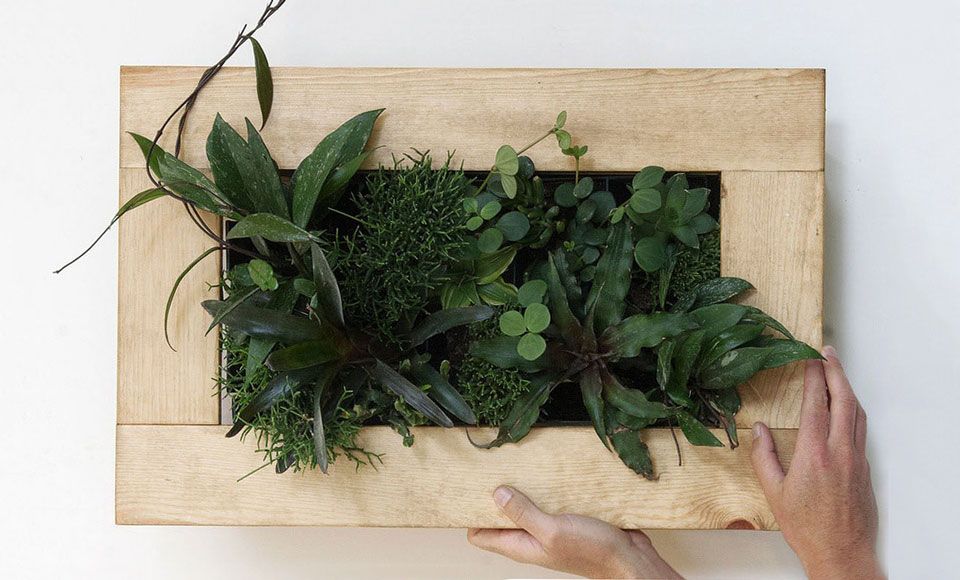
Introduction
Vertical gardens have gained popularity as a way to maximize limited space and bring greenery into urban environments. In this article, we explore the importance of using sustainable materials in vertical gardens and how they contribute to a more eco-friendly approach to gardening.
Historical Background
Vertical gardening techniques have been used for centuries, with ancient civilizations using trellises and espaliers to grow plants vertically. Over time, the materials used in vertical gardens have evolved, from simple wooden structures to more advanced systems incorporating sustainable materials.
Key Concepts and Definitions
To understand the concept of sustainable materials in vertical gardens, it is crucial to define what makes a material sustainable and how it applies to vertical gardening. Sustainable materials have a minimal impact on the environment throughout their lifecycle. In the context of vertical gardens, this includes materials that are renewable, recyclable, and non-toxic.
Main Discussion Points
Point: Sustainable materials for structural support in vertical gardens
Choosing the right materials for structural support is essential for the longevity and stability of a vertical garden. Some common sustainable materials used for this purpose include recycled plastic, bamboo, and metal alloys. Factors to consider when selecting sustainable materials include durability, strength, and resistance to weather conditions.
Point: Sustainable materials for growing media in vertical gardens
The growing media in vertical gardens play a crucial role in providing nutrients and moisture to plants. Using organic or renewable materials for growing media is not only beneficial for the environment but also enhances plant health. Examples of sustainable growing media options for vertical gardens include coconut coir, compost, and recycled soil.
Point: Sustainable materials for irrigation and water management in vertical gardens
Efficient water usage is vital in vertical gardens to conserve resources and prevent water wastage. Innovative methods such as drip irrigation and rainwater harvesting systems can minimize water consumption. Sustainable materials like recycled plastic pipes and tanks are commonly used in the irrigation systems of vertical gardens.
Case Studies or Examples
Case Study: The Vertical Garden Project at XYZ City Park
This case study showcases a vertical garden project that utilized sustainable materials throughout its construction. From the structural support made of recycled plastic to the use of organic growing media, this project serves as an excellent example of how sustainability can be integrated into vertical gardening practices.
Case Study: The Green Wall Made from Recycled Materials
This case study highlights a successful vertical garden that was created using recycled materials. By repurposing old wooden pallets and plastic bottles, this project demonstrates the creativity and resourcefulness that can be applied to vertical gardening while minimizing waste.
Current Trends or Developments
Recent research findings on sustainable materials for vertical gardens
Ongoing research has led to the development of new sustainable materials designed for vertical gardening. These materials aim to enhance plant growth, improve water efficiency, and reduce the overall environmental impact of vertical gardens.
Emerging trends in the use of sustainable materials in vertical gardening
Emerging trends in vertical gardening include the use of biodegradable materials for structural support and the integration of smart irrigation systems that optimize water usage. These advancements contribute to more sustainable and efficient vertical gardening practices.
Challenges or Controversies
Controversy surrounding the use of certain sustainable materials in vertical gardens
Despite the benefits of using sustainable materials, there are controversies surrounding the use of certain materials, such as treated wood or certain types of plastics. It is important to consider the potential environmental and health impacts of these materials before incorporating them into a vertical garden.
Challenges in sourcing and integrating sustainable materials for vertical gardens
One of the challenges in using sustainable materials is the availability and accessibility of these materials. Sourcing locally produced sustainable materials may be difficult in certain regions, and integrating them into existing vertical gardening systems can require careful planning and adaptation.
Future Outlook
Potential advancements in sustainable materials for vertical gardens
The future holds great potential for advancements in sustainable materials for vertical gardens. Research and development efforts are focused on creating materials that are even more eco-friendly, durable, and efficient in supporting plant growth in vertical structures.
Outlook on the integration of sustainable materials in vertical gardening practices
As awareness of environmental issues continues to grow, the integration of sustainable materials in vertical gardening practices is likely to become more widespread. Gardeners and landscape designers will increasingly prioritize the use of materials that minimize the ecological footprint of vertical gardens.
Conclusion
Using sustainable materials in vertical gardens is crucial for creating environmentally friendly and long-lasting green spaces. By selecting materials for structural support, growing media, and irrigation systems that are renewable, recyclable, and non-toxic, we can contribute to a more sustainable and greener future.